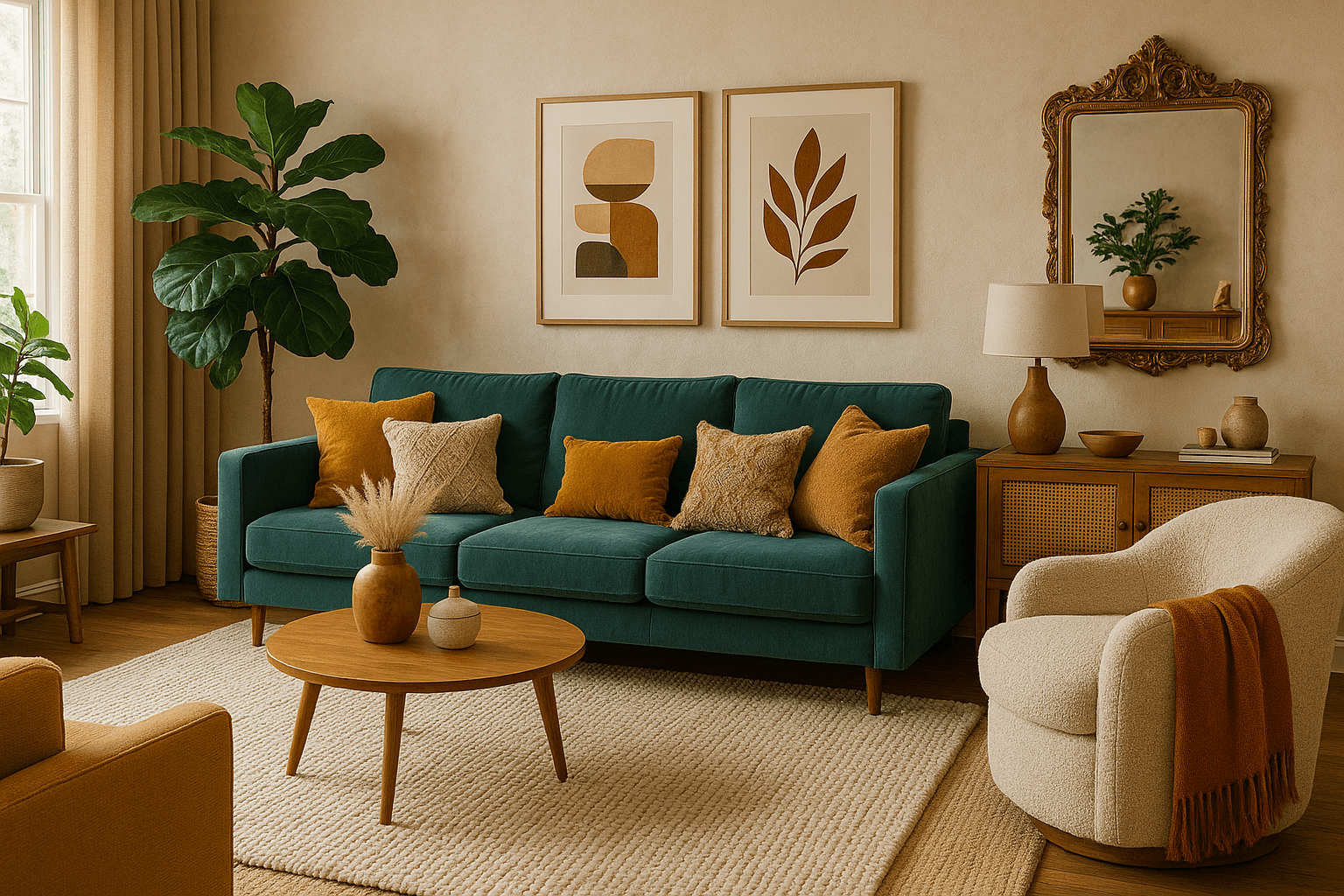Have you ever walked into a room that instantly felt "right"? That perfect balance of comfort, style, and function didn't happen by accident. Behind every stunning interior is a set of carefully applied interior design concepts that work together to create harmony. Understanding these fundamental principles can transform your space from ordinary to extraordinary.
What Are Interior Design Concepts?
Interior design concepts are the building blocks professionals use to create cohesive spaces. They include elements like color, texture, line, form, and space, along with principles such as balance, rhythm, emphasis, and proportion. The magic happens when these interior design concepts combine to create spaces that both look beautiful and function perfectly for your lifestyle.
Finding Your Interior Design Style
Before diving into specific interior design concepts, identify your personal style preference. Are you drawn to the clean lines of modern design? The cozy warmth of farmhouse style? Understanding your preferences provides a framework for applying interior design concepts authentically.Popular styles include contemporary (clean lines, minimal accessories), traditional (classic furnishings, symmetrical arrangements), transitional (blending traditional elegance with contemporary simplicity), and Scandinavian (light-filled spaces with natural materials).
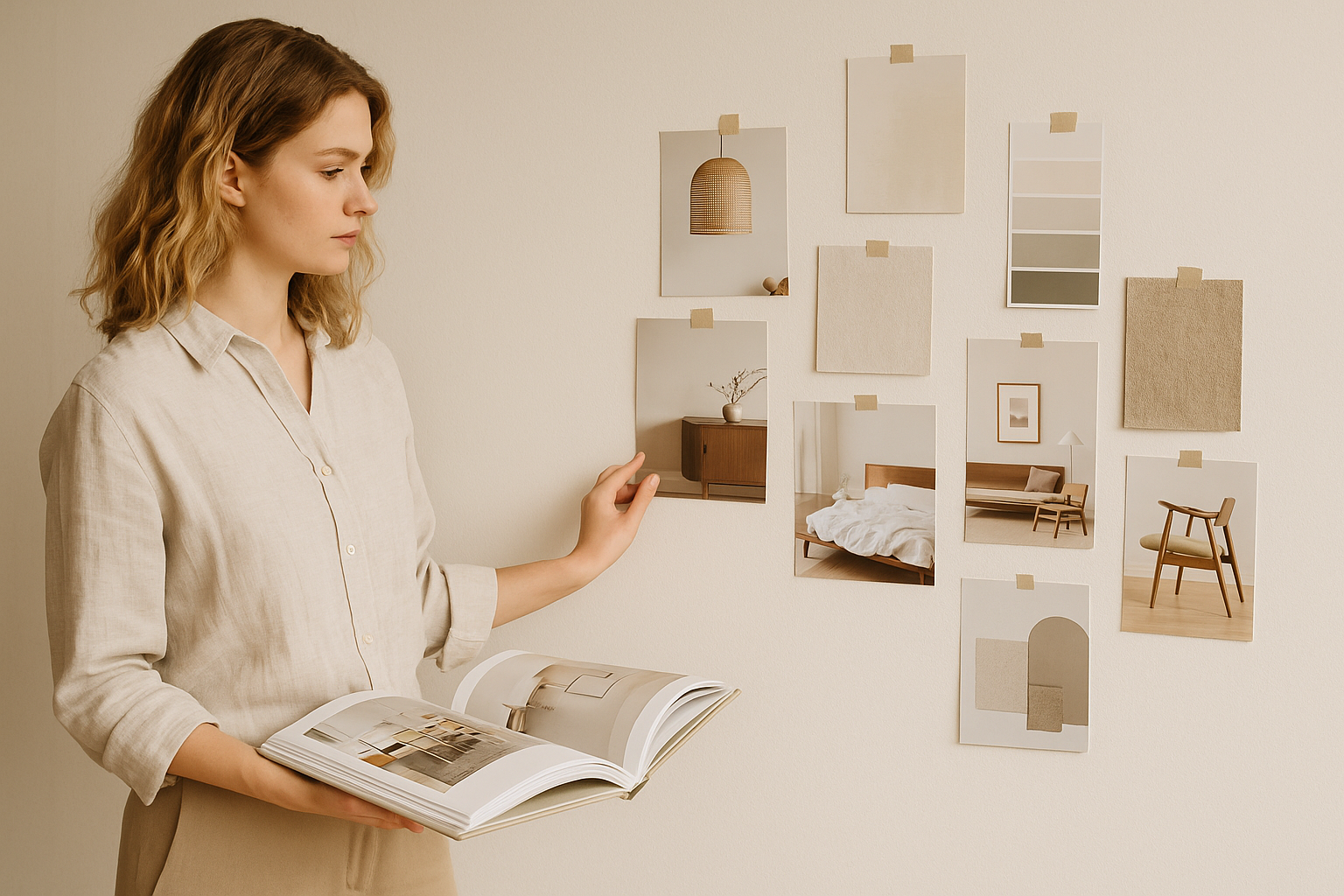
The Power of Color in Interior Design
Color is perhaps the most transformative of all interior design concepts. Beyond aesthetics, color influences mood and perception of space. Blues promote tranquility, perfect for bedrooms. Yellows energize, working well in kitchens. Greens connect us with nature, suitable for almost any room.Professional designers approach color through harmony (monochromatic, complementary, or analogous schemes) and flow (creating visual continuity throughout the home). The best strategy often involves selecting a neutral base for larger elements and introducing color through accessories.
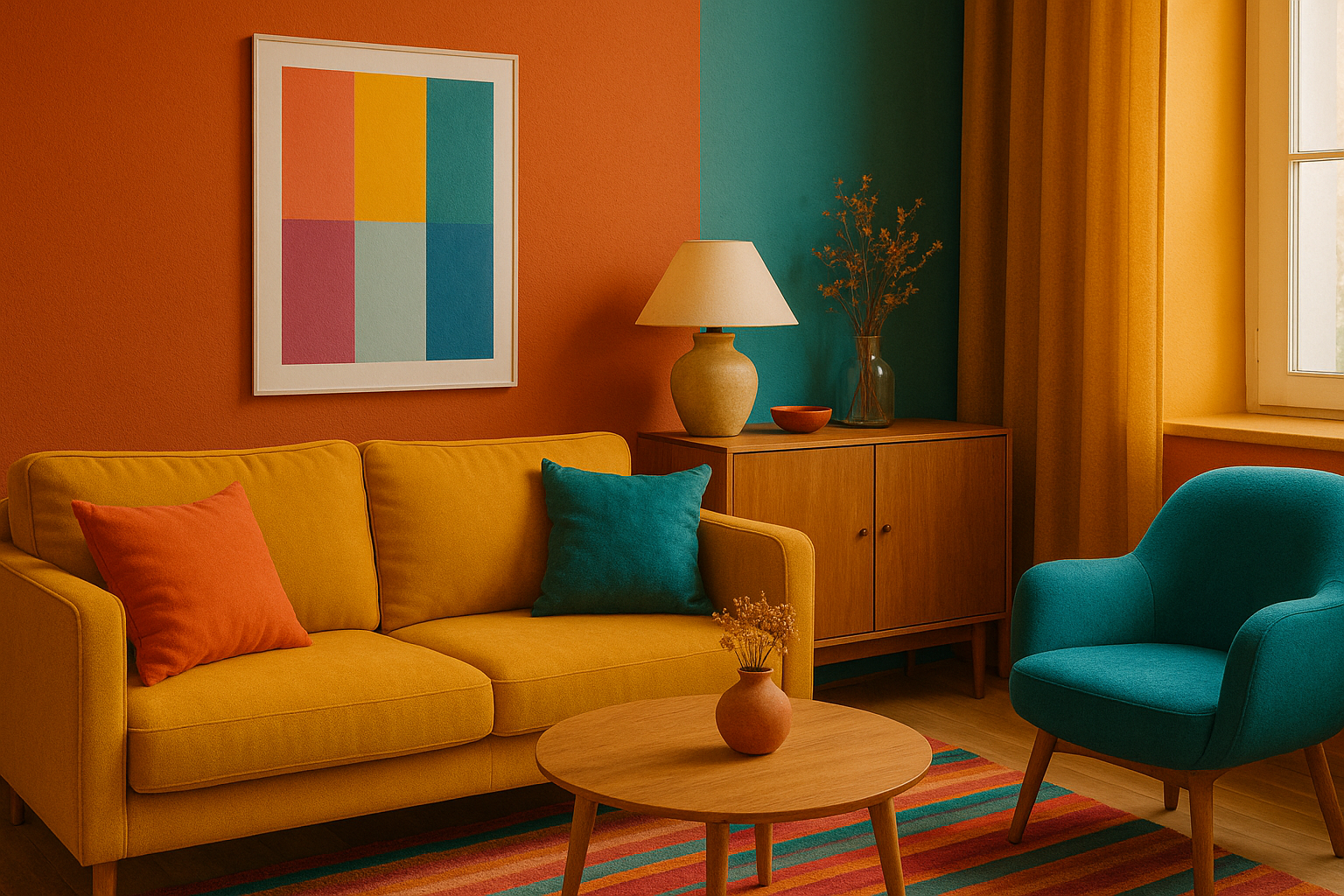
Creating Balance and Proportion
Balance—the visual distribution of weight in a space—is crucial among interior design concepts. Designers work with symmetrical balance (mirror images), asymmetrical balance (different objects with similar visual weight), and radial balance (elements arranged around a central point).Closely related are scale and proportion, which deal with size relationships. Common guidelines include hanging art at eye level (57-60 inches from floor to center), selecting coffee tables approximately two-thirds the length of the sofa, and ensuring at least 30-36 inches of walking space around furniture.
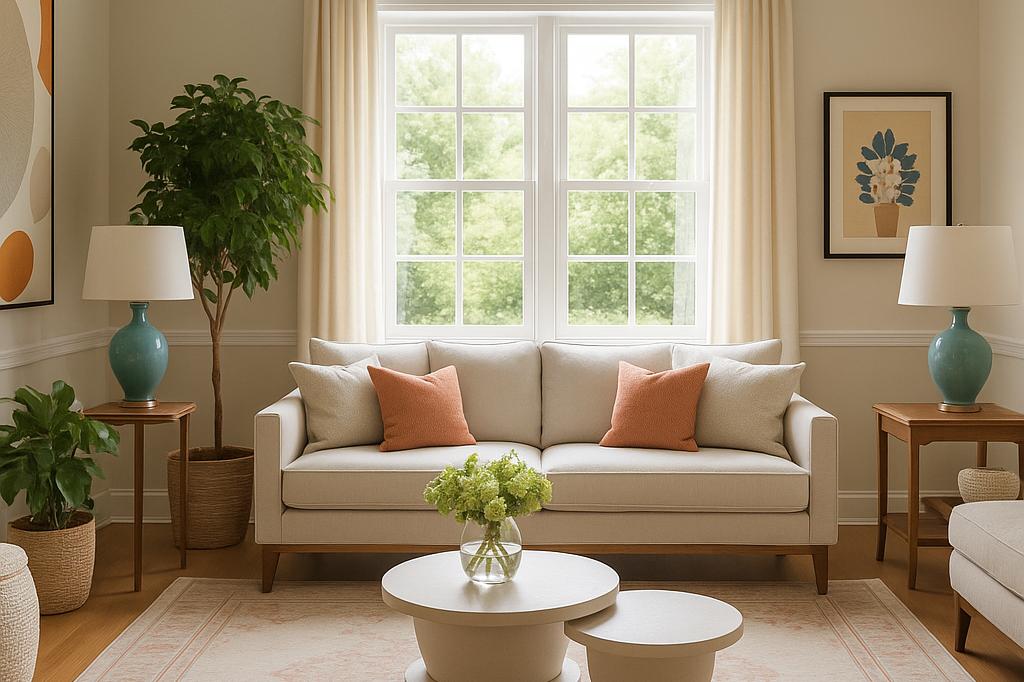
Texture and Focal Points
Texture adds depth and interest to spaces. Even rooms with minimal color variation feel rich and inviting when they incorporate varied textures through contrasting materials, patterns, and textiles. The most successful interiors layer texture at every level, from flooring to ceiling treatments.Every well-designed room also features at least one focal point—an element that draws the eye and anchors the space. This might be an architectural feature like a fireplace, a statement furniture piece, dramatic lighting, or large-scale artwork. The key is restraint—too many competing focal points create visual confusion.
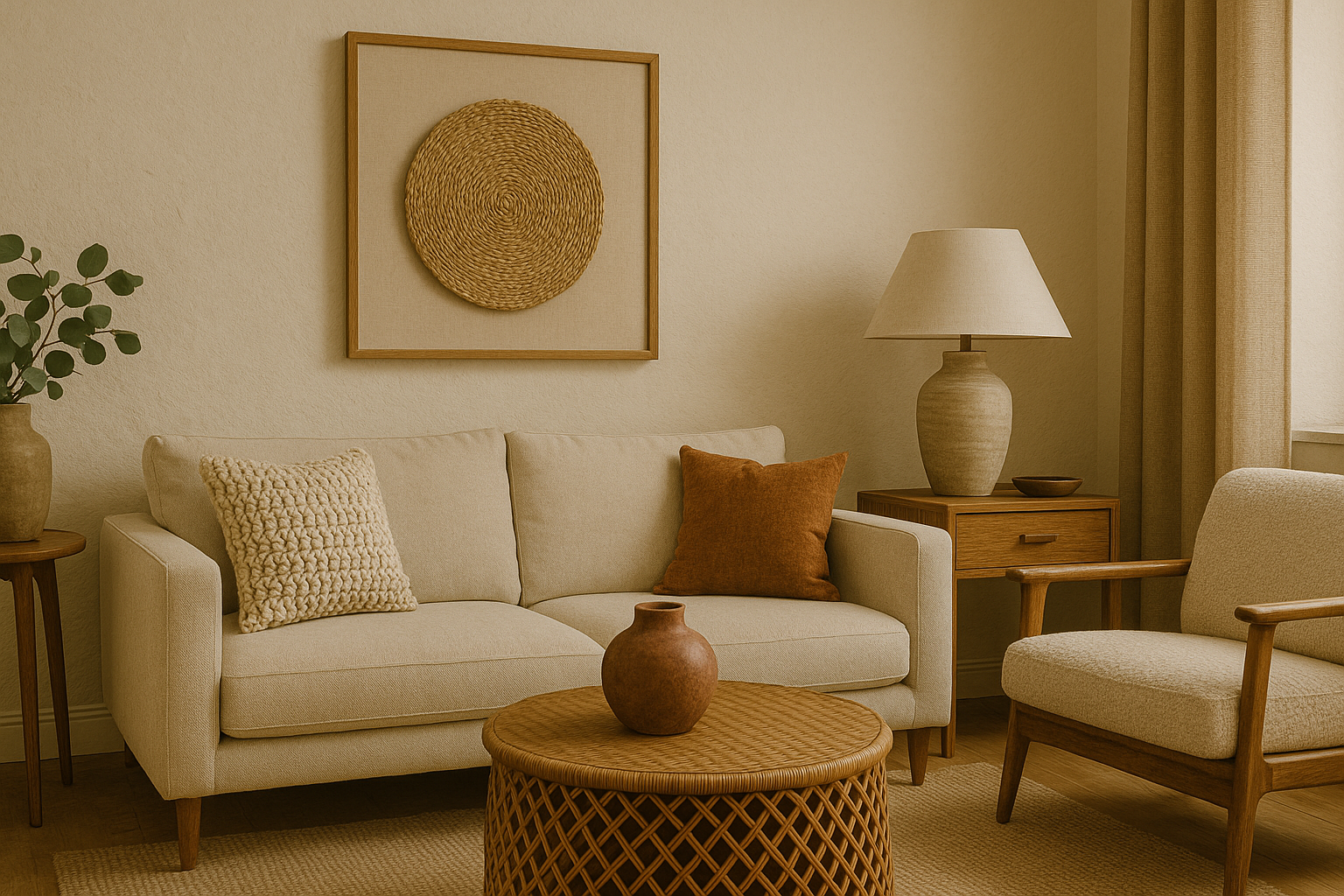
Lighting: The Essential Element
Lighting is one of the most impactful yet frequently mishandled interior design concepts. Beyond basic illumination, lighting creates mood and defines areas within larger spaces. Professional designers approach lighting in layers:Ambient lighting provides overall illumination Task lighting serves specific functions like reading or cooking Accent lighting highlights architectural features or artworkEffective lighting design considers both natural light patterns and how spaces will be used at different times.
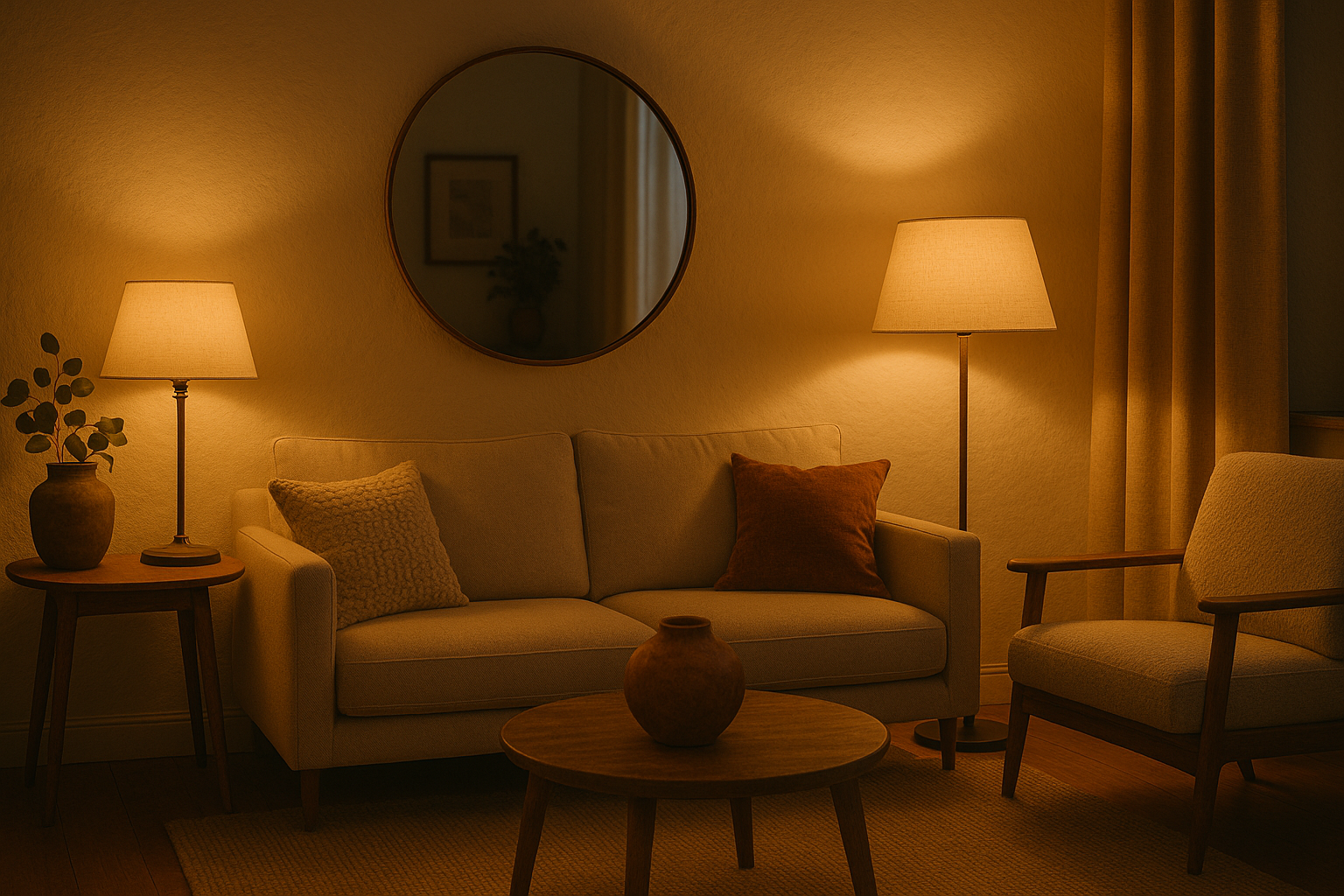
Bringing Interior Design Concepts Together
The true art of interior design lies in bringing all these concepts together cohesively. As you work with interior design concepts in your own home, remember:
Begin with purpose and function, then build beauty around it
Consider how elements relate to one another rather than focusing on individual pieces
Prioritize quality over quantity
Allow breathing room, not every space needs to be filled
Let your personality shine through meaningful touches
The most beautiful homes aren't those that rigidly follow trends but rather those that thoughtfully apply interior design concepts to create spaces that feel both timeless and personal. Whether working with a professional or taking the DIY approach, understanding these fundamental concepts will help you create spaces that look beautiful, function perfectly, and feel authentically yours.
